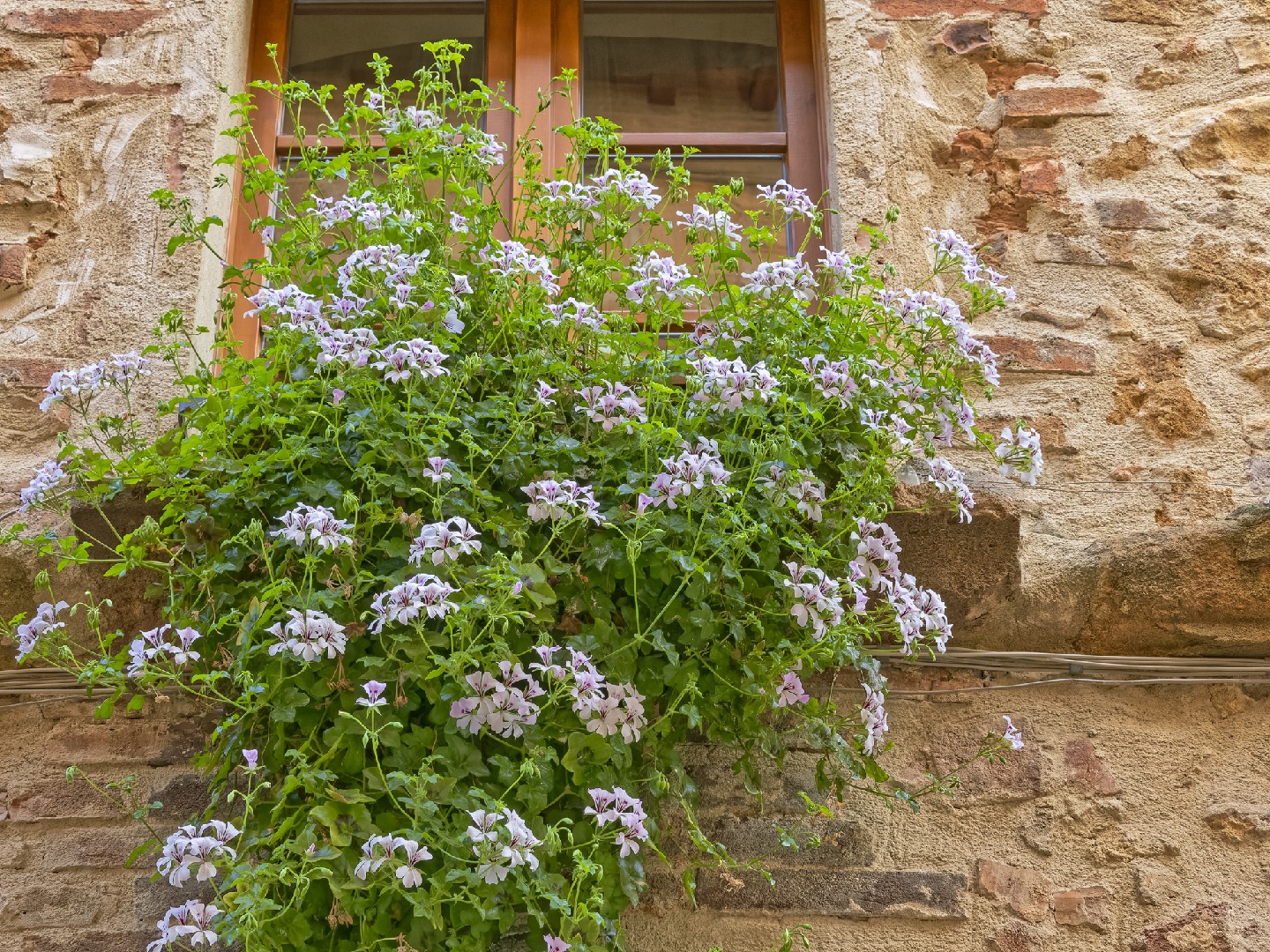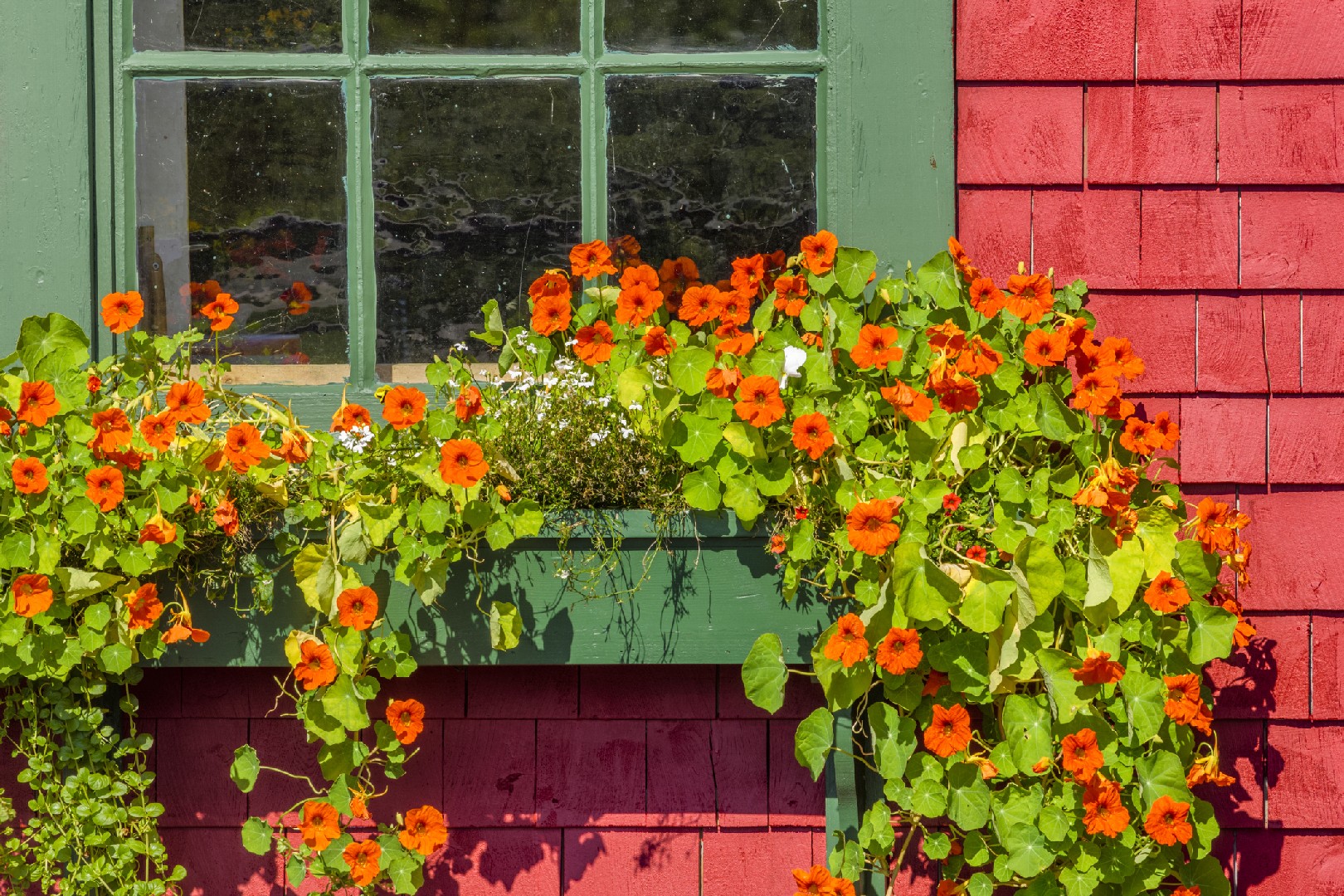![Rectangle]()
Choosing the Right Plants for Your Window Box
One of the most important aspects of creating a stunning window box display is choosing the right plants. The plants you choose will not only bring beauty to your space but will also need to thrive in the specific conditions of your window.
First and foremost, take into consideration the direction your window is facing – north, south, east, or west. This will have a significant impact on the amount of sunlight your window box will receive throughout the day. For north-facing windows, it is important to choose plants that can tolerate shade and cooler temperatures. Some great options for north-facing window boxes are ferns, impatiens, and begonias.
South-facing windows receive the most sunlight, making them perfect for plants that thrive in full sun. Consider plants like petunias, geraniums, and marigolds for a vibrant and colorful display. Just be sure to water them frequently, as these plants can dry out quickly in the hot sun.
If your window faces east, it will receive morning sun and afternoon shade. Look for plants that can handle a combination of sun and shade, such as lobelia, pansies, and snapdragons. These plants will provide a lovely display and can tolerate the shifting light throughout the day.
In contrast, west-facing windows receive afternoon sun and morning shade. Plants that can handle the heat of the afternoon sun and also tolerate some shade are ideal for these window boxes. Consider using plants like salvia, zinnias, and coleus for a striking window box display.
Not only should you take into account the direction of your window, but also consider mixing and matching various plants to create a multi-season display. Choose plants that have different blooming times and foliage colors to provide interest throughout the year. For example, combine tulips and daffodils for a beautiful spring display, and then replace them with geraniums and marigolds for a vibrant summer look.
Lastly, let's talk about the types of plants suitable for window box cultivation. Herbs are a great choice as they are compact and can be used in your cooking. Basil, thyme, and rosemary are all excellent options. Flowers like pansies, petunias, and geraniums are known for their long-lasting blooms, adding a pop of color to your window box. You can even grow vegetables in your window box, such as lettuce, cherry tomatoes, and peppers.
By carefully selecting the right plants based on the direction of your window, mixing and matching for a multi-season display, and including a selection of herbs, flowers, and vegetables, you will create a window box wonder that brings beauty and joy to your small space garden all year round. Happy gardening!





